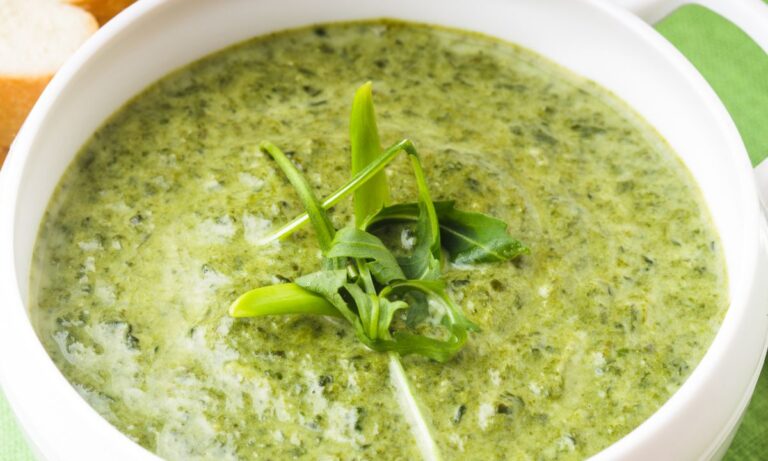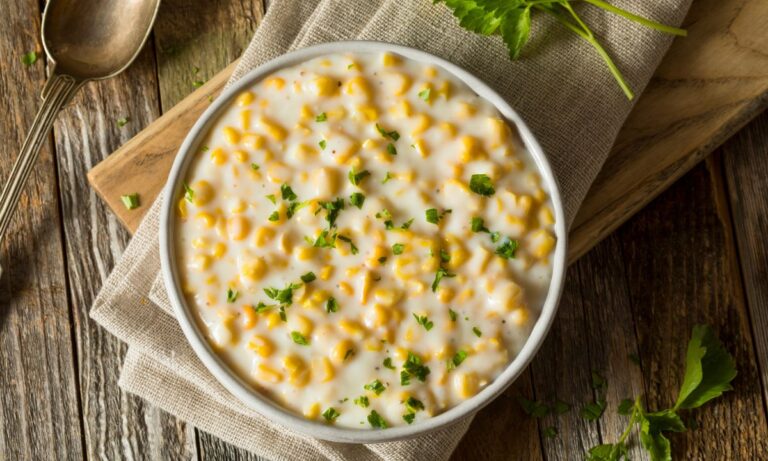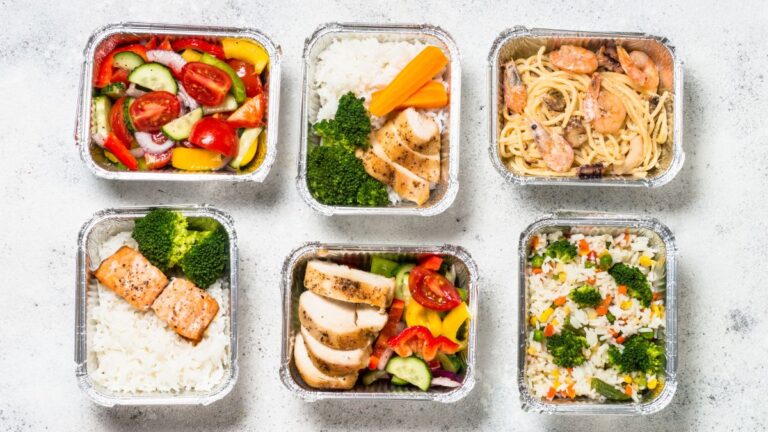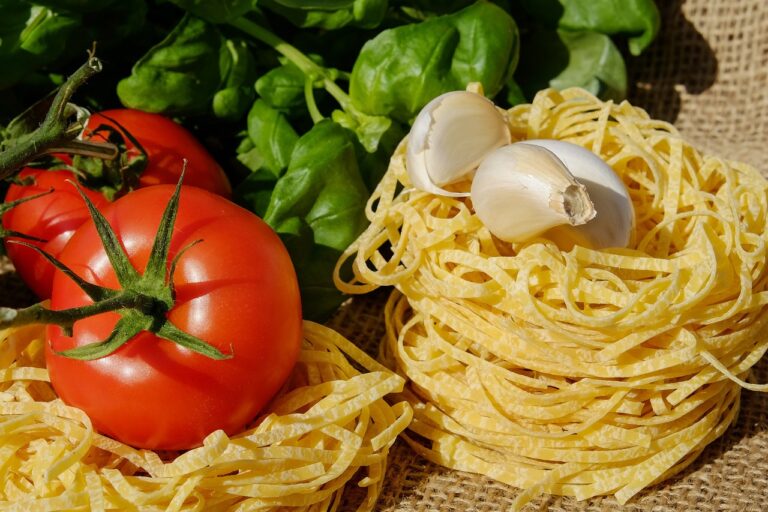The ABCs of Making Soup – Easy Soup Tips for Healthy Eating and Living
Making Soup is One of the simplest alternatives that you have is to make soup, and many people believe that it is one of the simple recipes that they can include in a meal every day in order to be able to prepare a wholesome dinner.
Even if soups are a great alternative for a healthy diet, making a soup well is necessary to ensure that the flavor and taste are properly conveyed. If one ingredient dominates the flavor of the soup, you could feel as though you are eating nothing but that one component.
Here are some suggestions that can help you cook the best soup possible and guarantee that your family enjoys eating these nutritious dishes.
Any soup should start with lean meat, juicy beef, veal, or mutton. It is ideal to have this essential component so that the meat is 100 percent fresh. If you want your soup to be succulent and moist, you must use fresh meat. Even the best recipes can seem lacking if the meat is stale since tough meat is difficult to cook. Therefore, avoid choosing frozen packs that are days or weeks old and instead choose for freshly cut meat from the market.
Roots and herbs are other groups of elements that are virtually always required in soups. You must make sure that these ingredients are as fresh as possible. Make sure to thoroughly clean the roots and plants because they frequently still contain soil even after being packaged.
It’s important to pay attention to how much of each ingredient you use in the soup. If you haven’t tried cooking soup before, it could be a good idea to look for some simple soup-making recipes. These healthy recipes can assist in ensuring that the component proportions are just right to produce a soup that is well-blended and delicious. One of the simplest alternatives that you have is to make soup, and many people believe that it is one of the simple recipes that they can include in a meal every day in order to be able to prepare a wholesome dinner.
The soup’s water content must be carefully controlled. This will guarantee that your soup is proportionate, with the ingredients—water and meat—in the appropriate ratios. A quart of water should be used for every pound of meat, according to the general guideline. You use roughly half as much for gravies as you do for soups.
While cooking soup in a closed vessel is the ideal method, there are other steps that you will inevitably take. The whole point is to combine the meat with the other ingredients, bring them to a boil, and then strain them. If you’re not creating a clear soup, especially, make sure the meat is something you keep so you can get bits of it. In order to achieve the desired consistency, the idea is to stew and simmer the components later.
You should remove the lid from the pot and let the soup boil for a while if you think it has a watery consistency and you’re seeking something thick. This guarantees that the surplus water boils off and evaporates, thickening the soup more than previously.
Depending on the particular recipe you have chosen, a nice soup that is not hurriedly prepared and is being cooked for the entire family might take anywhere from 3 to 6 hours. It might be quicker to make soup if you have searched for a simple recipe. However, if you want something that everyone will enjoy, give yourself at least 3 hours.
Not everyone is aware of this, but the tastiest soups are always prepared the day before they must be eaten. All healthy recipes call for separating the fat from the soup while it is cool since it is simple to do so. Make sure not to “disturb” the bottom sediments when pouring the soup after removing the fat. In a sieve, these items would always escape, but you might not want them in your mouth when consuming the soup.
The finest sieve to use for clear soups is a tamis since you don’t want any chunks to enter your mouth as you eat the soup. In order to get the greatest results when sieving hot soup, soak the tamis in cold water first.
The primary rule is that thickened soups should have a creamy texture and that all clear soups should be completely transparent. It only means that all of these healthy eating soups should have the consistency of cream. This does not imply that all non-clear soups must have cream.
You can use arrowroot, bread crumbs, isinglass, butter, barley, rice flour, oats, or flour to prepare nutritious recipes for thickened soups. Additionally, you could add additional flour, butter, and some pounded beef.
When learning how to make delicious soup, some veggies you can use are mushrooms, beets, carrots, turnips, shallots, onions, potato mucilage, and macaroni. These are also the elements that give the soup some color.
You can use a variety of herbs as garnishes to enhance the flavor of your soup, such as parsley, thyme, lemon thyme, orange thyme, twisted marjoram, basil, mint, and others.
Using the aforementioned advice, you can be sure that the soup you prepare is healthful. If you just keep these suggestions in mind, even the trickiest dishes may be made simple.







